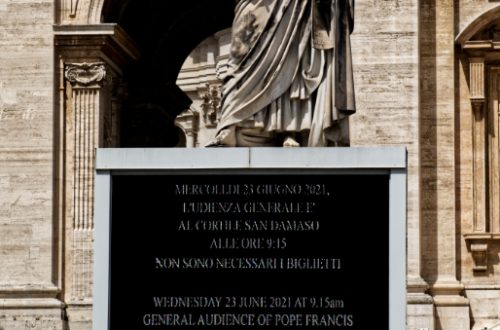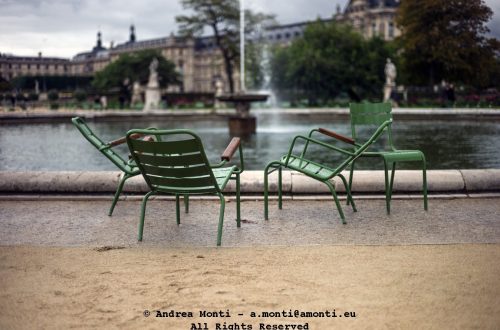
Hell Behind — Tiny Holes Reveal the Flames
This image came to life in a place most people would overlook—a weathered metal surface, pitted and worn, pierced by three small holes. From behind, the glow of fire seeps through, each point of red surrounded by the darkness of oxidised steel. It is a minimal scene, but one that brims with quiet menace.
The composition is as simple as it gets: three points of light, vertically aligned, slightly imperfect in their spacing. That imperfection matters—it stops the image from feeling sterile and gives it the organic quality of something made by hand, or by time and decay, rather than design. The surrounding textures—the rust speckles, the gradient of heat stains, and the faint, shifting blues in the metal—add a painterly depth. The colours are almost contradictory: the cool greys and blues soothe, while the reds cut through violently.
Technically, this is an exercise in restraint. The temptation might have been to brighten the scene, to give more detail to the background. I chose instead to keep the exposure subdued, allowing the holes to dominate as raw, over-saturated bursts of colour. They are the visual hook, and to soften them would have been to rob the image of its tension. The shallow tonal range outside those reds leaves the viewer with the sense that everything else is dormant, cold, or already consumed.
Focus is precise, resting on the rust-ringed edges of the holes. Depth of field is kept deep enough to preserve the metal’s texture but shallow enough to give the background a subtle fall-off. This keeps the viewer’s gaze from wandering too far from those three burning points.
It’s a simple photograph, yet it works because it doesn’t try to explain too much. The title hints at narrative—“Hell Behind”—but the image itself stays ambiguous. Are we looking at something industrial, mundane, or something far more primal? That uncertainty is where the photograph lives.




